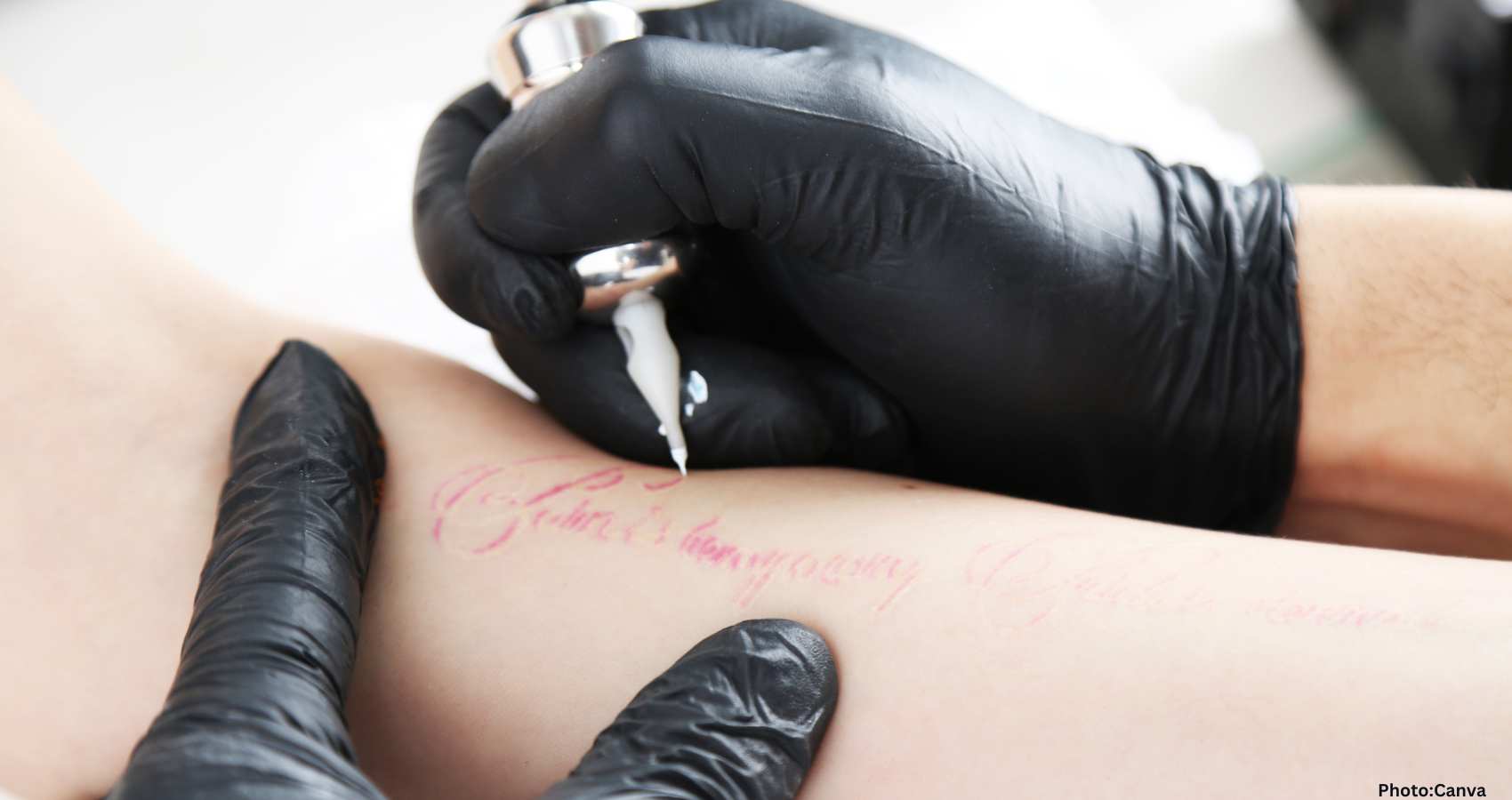Researchers have developed an innovative electronic tattoo, or “e-tattoo,” designed to monitor mental workload in high-stress professions by tracking brain activity through EEG and EOG technology.
In a groundbreaking study published in the journal *Device*, scientists have introduced a novel method to assist individuals in high-pressure work environments by utilizing an electronic tattoo device, commonly referred to as an “e-tattoo.” This device, which is temporarily affixed to the forehead, offers a more cost-effective and user-friendly approach to monitoring mental workload.
Dr. Nanshu Lu, the senior author of the research from the University of Texas at Austin, emphasized the importance of mental workload in human-in-the-loop systems, which significantly affect cognitive performance and decision-making processes. In an email to Fox News Digital, Lu explained that the motivation behind this technology stems from the needs of professionals in high-demand fields, including pilots, air traffic controllers, doctors, and emergency dispatchers.
The e-tattoo is designed to be smaller and more efficient than existing monitoring devices. It employs electroencephalogram (EEG) and electrooculogram (EOG) technologies to measure brain waves and eye movements, providing insights into cognitive fatigue during demanding tasks. Lu noted that this technology could also benefit emergency room doctors and operators of robots and drones, enhancing both training and performance.
One of the primary objectives of the study was to develop a reliable method for assessing cognitive fatigue in high-stakes careers. The e-tattoo is lightweight and conforms to the skin like a temporary tattoo sticker, making it less obtrusive compared to traditional EEG and EOG machines, which are often bulky and expensive.
In the study, six participants were tasked with observing a screen displaying 20 letters, which appeared sequentially at various locations. They were instructed to click a mouse whenever a letter or its position matched one of the previously shown letters. Each participant completed this task multiple times, with varying levels of difficulty. The researchers discovered that as the complexity of the tasks increased, the brainwave activity recorded by the e-tattoo reflected a corresponding rise in mental workload.
The e-tattoo consists of a battery pack, reusable chips, and a disposable sensor, making it a practical solution for real-time cognitive monitoring. Currently, the device is a lab prototype, with an estimated cost of $200. However, Lu indicated that further development is necessary before it can be commercialized. This includes the need for real-time decoding of mental workload and validation through testing with a larger group of participants in more realistic settings.
As the demand for effective tools to monitor mental workload in high-stress jobs continues to grow, the e-tattoo represents a promising advancement in the field of cognitive performance analysis. With continued research and development, this innovative technology may soon play a crucial role in enhancing the capabilities and well-being of professionals in demanding environments.
Source: Original article

